Deep snow and swamp: are wheeled armored vehicles worse than tracked ones?
It just so happened that wheeled armored vehicles with a rank higher than an armored personnel carrier are almost the most controversial class of combat vehicles. You can often hear such reproaches against this technique as the impossibility of installing a powerful reservation, the low resistance of the wheel mover to various damaging factors, and so on. However, perhaps the most common argument of the opponents of the "wheels" is their low cross-country ability in comparison with the tracks. In this material, we will briefly consider the capabilities of weighted wheeled vehicles to overcome swampy terrain and virgin snow, as types of tracks that are quite difficult to move.
Ground pressure
The small mass of the wheel mover and its minimum resistance to movement are two of the most important factors that, with less engine power and low fuel costs, provide equipment of this class with the level of mobility that is practically unattainable for tracked vehicles of a similar weight category. But behind all these pluses lies a fat minus in the form of significant pressure on the ground.
The fact is that the caterpillar chassis, despite some nuances, generally exerts pressure on the ground as a wide support area, limited by the width and length of the caterpillar. But the wheels in this case act as isolated small points on which the weight of the car is distributed. The difference in pressure between tracks and wheels is quite large - up to two times.
Thus, statistical data show that the pressure on the ground exerted by a multi-axle wheeled vehicle weighing 10 tons is at a level of approximately 75–90 kPa. Is it a lot or a little? For comparison: a tracked vehicle of the same mass and dimensions gives about 45–50 kPa. With increasing mass, the situation begins to deteriorate rapidly. For example, a conditional wheeled 20-ton infantry fighting vehicle will already give under 120 kPa - 20% more than a main battle tank weighing 40 tons.
What do these numbers mean in practice? In a very simplified sense: the movement of the car will not be very stable on soft soils. Sand, wet black soil, silty and peaty soils are far from a complete list where wheeled vehicles will be subject to an increase in rut depth, slipping and even “landing” on the bottom.
But is it all that bad? Marshy terrain and deep snow in general will be no less weak than the soil types listed above, which is why experimental runs were carried out on them.
Selection of competitors for testing
In order to identify the maximum capabilities of a wheeled chassis in comparison with a tracked one, at the end of the 80s, Soviet scientists conducted full-scale tests of two samples - one from each type of propulsion unit. In addition, the results of BMP-2 and MT-LB were used.
In order to more or less correctly determine the patency of wheeled vehicles, it is necessary to carry out many control races on vehicles of different weight categories, but in this case a relatively average one was taken. This machine was an experimental four-axle chassis weighing 20,5 tons with fixed wheels with serial KI-80 elastic tires mounted on armored personnel carriers.
The prototype had a bearing surface length of 3 mm, a wheel width of 600 mm, a wheel diameter of 730 mm, and a ground clearance of 1 mm.
A tracked vehicle opposed the wheeled vehicle, and also actually experimental - a converted tank platform weighing 24,5 tons. The length of its bearing surface was 4 mm, the track width was 008 mm, and the ground clearance was 540 mm.
Snow and swamp rides
The first attempt to overcome the swampy area in terms of performance was quite successful. Entering the soft, sprawling and watery ground, the wheeled vehicle overcame it quite easily. But here, of course, the fact that this test track was not yet plowed up by wheels played a certain role.
In order to imitate the movement of the column, the car was driven around the same place several times. And this is where the problems started to show up. Driving over and over again, the test car deepened the track to 60–70 centimeters and began to slip more and more. Already on the fifth run, everything was over - the test equipment finally buried itself in the ground and could no longer get out on its own. The situation was aggravated by the fact that the dirt escaping from under the wheels during slipping clogged the inter-wheel space with a dense layer, which further increased the resistance to movement and interfered with traction.
It is noteworthy that the tracked 24-ton chassis, having much less pressure on the ground, could move normally with a similar track depth - 60-70 centimeters. But the phenomena of slipping were not so pronounced in her, therefore, practically no jamming was observed.
For winter tests, virgin snow of various depths was chosen. The density of snow was 0,25-0,27 grams per cubic centimeter, and the temperature varied from -3 to -10 degrees Celsius. It is worth noting here that the cross-country ability of the wheeled vehicle was no longer compared with the performance of the 24-ton tracked platform, but with the lighter BMP-2 and MT-LB, which should have shown better results due to the significantly lower mass and tracked propulsion.
At this stage of testing, the BMP-2 and MT-LB won a formal victory, which could overcome the snow cover 90-100 centimeters thick. The wheeled vehicle proved to be more modest, setting the maximum snow thickness to be overcome in the region of 70 centimeters. But not everything is so clear.
Racing through snowdrifts was carried out according to the same principle as with the swamp: with multiple passage along the same route to simulate the movement of the column. And here the wheels revealed themselves in full.
During the first pass through the snow, the track depth of the wheeled vehicle is approximately 15% greater than that of the same BMP-2. However, after 4-5 passages, the track from the wheels stabilizes and subsequently even decreases in comparison with tracked vehicles, and becomes to some extent more favorable for movement.
The fact is that the lugs of the caterpillars grind the base of the track with each passage, but the wheels compact it evenly, creating a relatively hard layer that no longer allows you to fall deeper into the snow.
Conclusions
What conclusions can be drawn from all of the above? Yes, wheeled combat vehicles in general are really inferior to tracked vehicles in terms of maneuverability on weak marshy ground. The track depth in this case is similar to tracked vehicles of comparable mass, therefore, an increased slip coefficient comes to the fore, which is determined by small wheel bearing areas and less traction than tracks.
Nevertheless, the shortcomings of the wheel mover will most clearly manifest themselves when driving in columns, or along an already plowed track.
As for deep snow, here the tires even partially outperform the trucks, without deepening the track and creating more favorable conditions for the passage of the column.
Sources:
Research by O. M. Gopkalo, A. I. Mazur. "Experimental evaluation of the cross-country ability of tracked and wheeled vehicles". Declassified by the expert commission of the FGAEI VO "SPbPU". Act No. 1 dated 09.06.2020/XNUMX/XNUMX
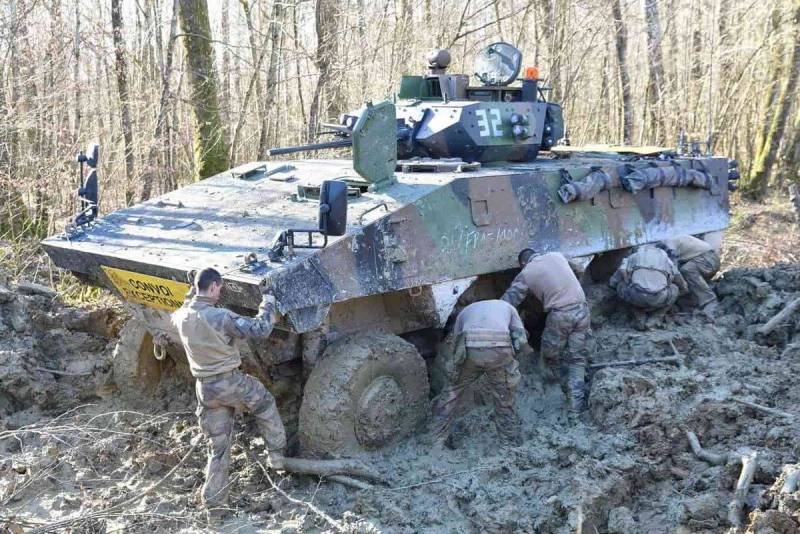
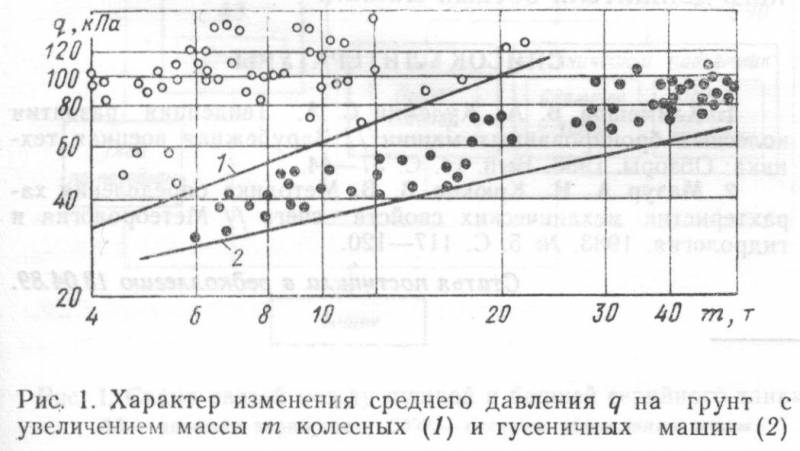
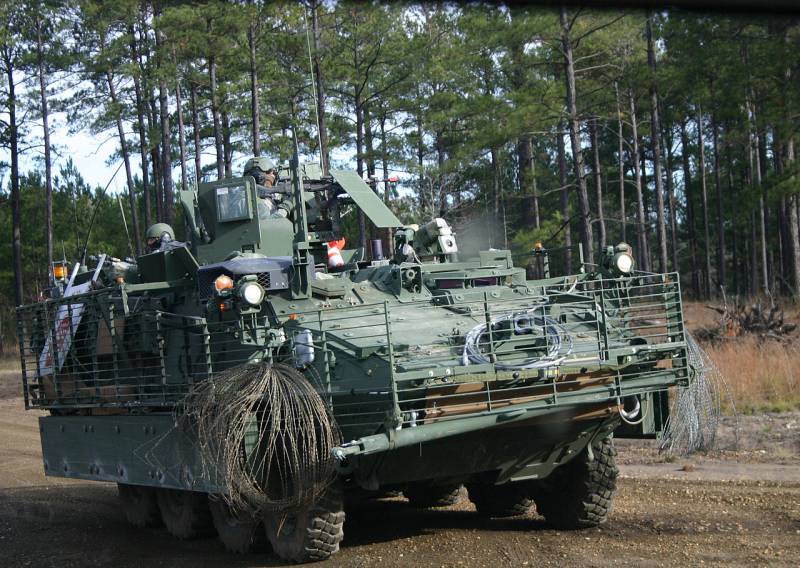
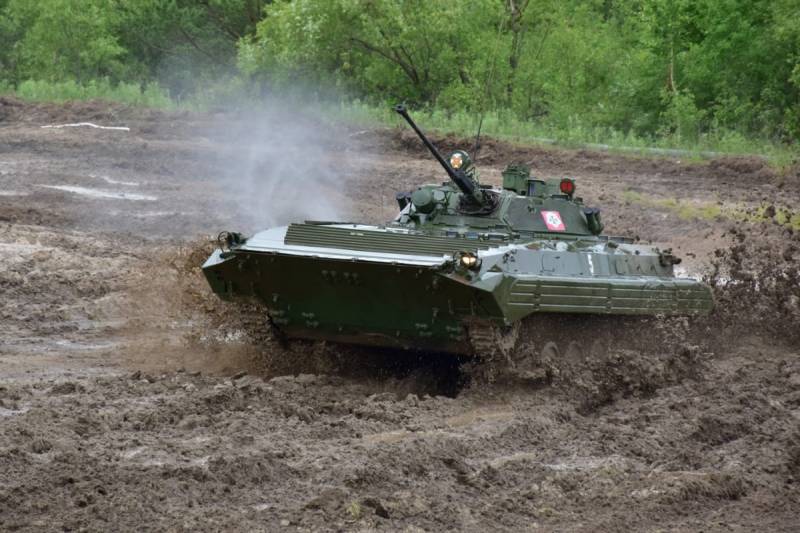
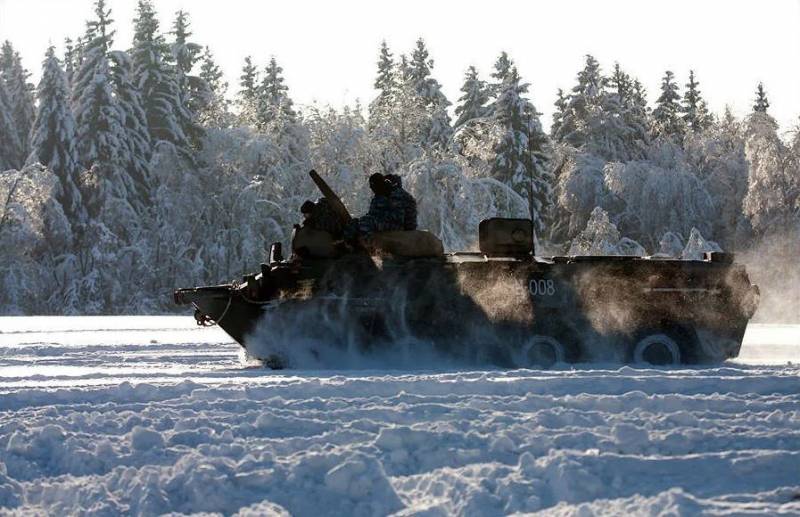
Information